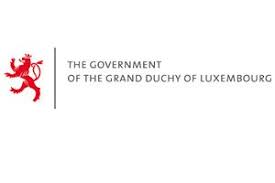PHASE 1 Planning and preparing PFM reform
Stage 1
Identify PFM strengths and weaknesses
WHAT IS THE PROBLEM?
The driver of PFM reform may not always be a PEFA assessment. Sometimes it can be the government’s desire to improve overall economic performance, service delivery, or another aspect of public administration. The first question—What is the problem?—provides an opportunity to identify broader policy issues that may have a PFM-related element. It also recognizes that the problem may need to be addressed through actions and solutions other than public financial management.
If the process starts with identification of the problem, the next question is to determine what the PEFA report can tell us about the systemic PFM weaknesses, identified in the assessment, that may be contributing to the problem. In this context, it will be important to take stock of relevant analytical work, the country’s development strategies, and other relevant documents in order to understand the country’s context, reform priorities, and technical and nontechnical constraints on or opportunities for reform.
For example, a country may identify poor education outcomes—specifically, low levels of academic achievement—as the broader policy problem. The causes of the poor performance may be due to matters not related to public financial management, such as poor teacher training, outdated curriculum, and lack of facilities. At the same time, the PEFA report could, for example, identify a range of issues (ie PFM-related issues) that could potentially undermine the government’s ability to achieve its desired education outcomes, including unpredictable budget allocations, lack of control over commitments, inadequate or nonexistent cash-flow forecasting, failure of the planned resources to reach the end users, or a lack of information on performance.
WHAT ARE THE FINDINGS OF THE PEFA ASSESSMENT?
For some countries, the PEFA report itself, not the identification of a problem envisaged in question 1, will be the main driver of reform. For other countries, the driver of reform may be a combination of problem-driven reform and the results of the PEFA assessment as well as other diagnostic assessments, evaluations, or government decisions.





